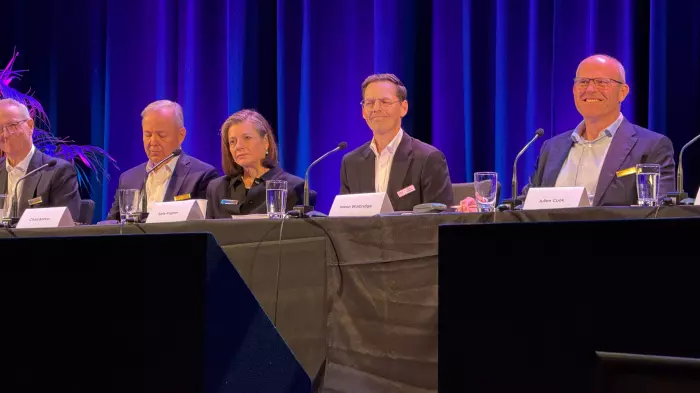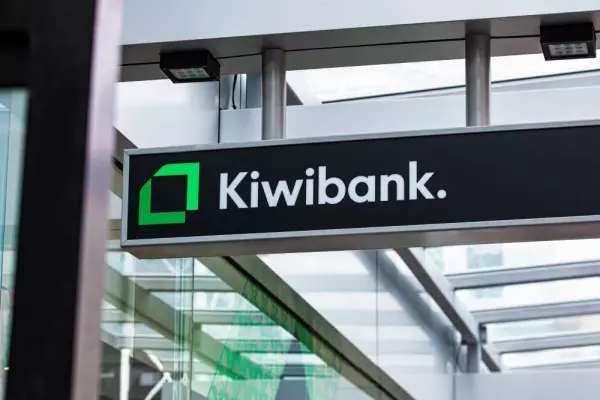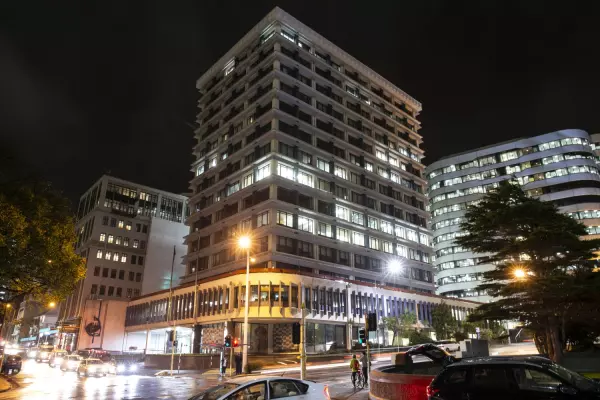Rocket-Lab co-founder Mark Rocket has launched a new aerospace business aimed at offering more affordable aerial imaging than satellites and is seeking $3 million to make it happen.
His new company, Kea Aerospace, wants to build a solar-powered unmanned aircraft which will fly continuously for months at a time, capturing high-resolution aerial imagery.
The aircraft will stay within Earth’s atmosphere, flying 20 km above the ground in the low stratosphere, but can provide the type of large-scale imaging currently only achievable through satellites or manned aircraft.
The Kea Atmos is intended to capture higher quality data at a more affordable price, which could be used for things such as managing pollution in waterways, enhancing precision agriculture, or assessing forests for tree health and fire risk.
For example, Tauranga-based Hancock Forest Management said having higher resolution and more frequent images would help find and replant dead saplings faster.
Pilot project
Rocket said they have been testing a small-scale version of the aircraft and aim to start building the full-sized craft in 2021.
But first the company is aiming to raise $3 million to continue funding the operation, with the project so far funded by Rocket himself, who changed his name by deed poll years ago due to his enthusiasm for space-based projects
Rocket said it had become a lot easier to find people to invest in aerospace projects compared to when Rocket Lab was starting commercial operations in 2007.
“Back in those early days it was really hard going to get people to understand the commercial opportunity and now we have a vibrant aerospace community,” he said.
The new project doesn’t put Rocket in direct competition with his former venture Rocket Lab - which is primarily a launch service provider - but it would offer an alternative way to get aerial imaging without having to pay to have a satellite blasted into space.
“It is very expensive to get high resolution satellite images, we don’t have all of the launch costs, development costs and operational costs of a space launch,” Rocket said. “It is much more cost effective, and just a much easier hurdle, to put a camera at 20km altitude than at 400kms.”














